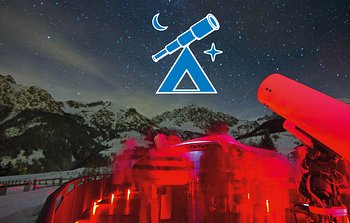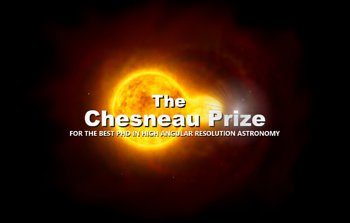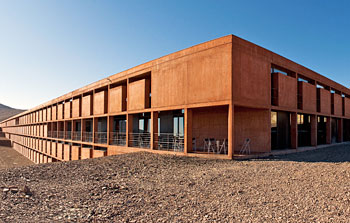FORS2, an instrument mounted on ESO's Very Large Telescope, has observed the active star-forming region NGC 2467 — sometimes referred to as the Skull and Crossbones Nebula. The image was captured as part of the ESO Cosmic Gems Programme, which makes use of the rare occasions when observing conditions are not suitable for gathering scientific data. Instead of sitting idle, the ESO Cosmic Gems Programme allows ESO's telescopes to be used to capture visually stunning images of the southern skies. The release, images and videos are available on:
https://www.eso.org/public/news/eso1834/ Kind regards,
The ESO Education and Public Outreach Department
24 October 2018
 | 24 October 2018: The Royal Observatory Greenwich has announced the results of its hugely popular, global photographic competition, a yearly contest to find the most beautiful and spectacular visions of the cosmos. At ... | | Read more |  | 23 October 2018: The winner of the ESO-offered bursary for the Winter AstroCamp 2018 has now been selected from 95 applications from 15 countries. ESO is delighted to announce that James Weyringer, an ... | | Read more |  | 22 October 2018: Olivier Chesneau, one of the most active and prolific members of the optical interferometry community, passed away in May 2014, at the age of 41. To honour his work in ... | | Read more |
 | Interview with: Christine Desbordes 19 October 2018: ESO designs, constructs and operates the most powerful ground-based telescopes in the world, which places significant demands on resources, including energy. ESO's observatories are located in Chile's isolated Atacama Desert, ... | | Read more | | | | |
No comments:
Post a Comment